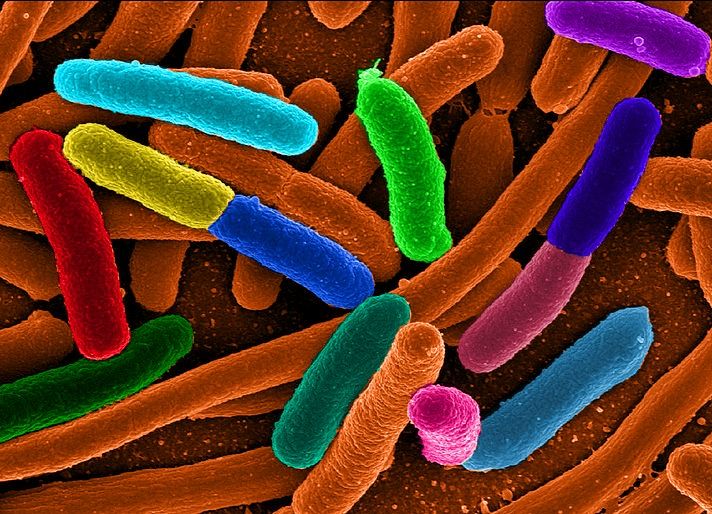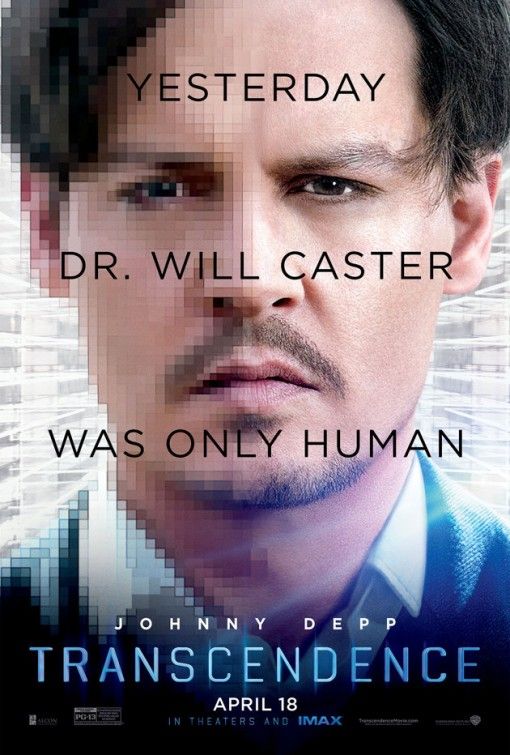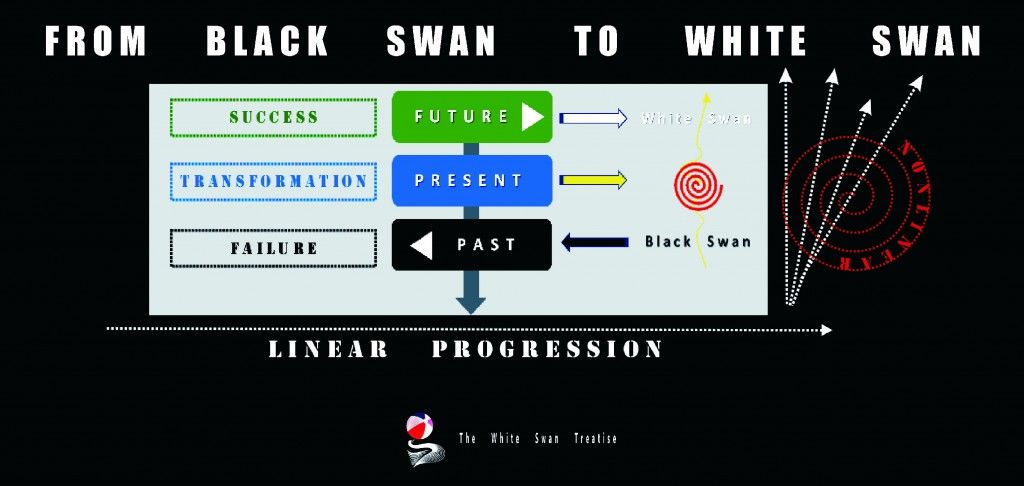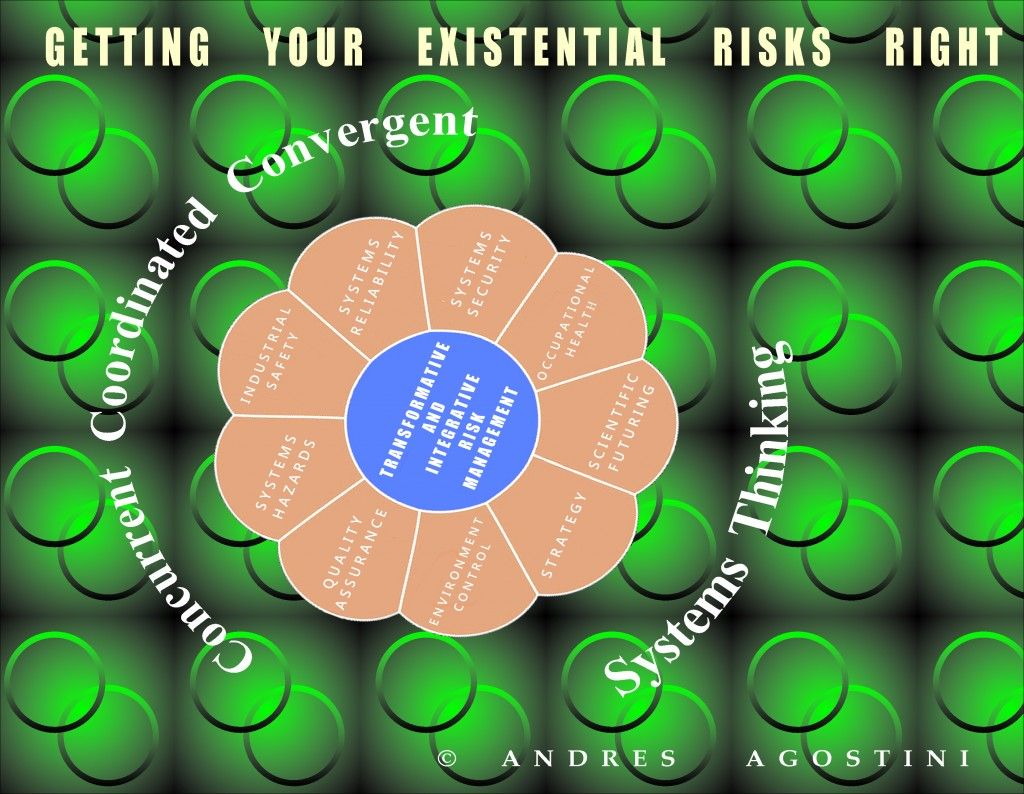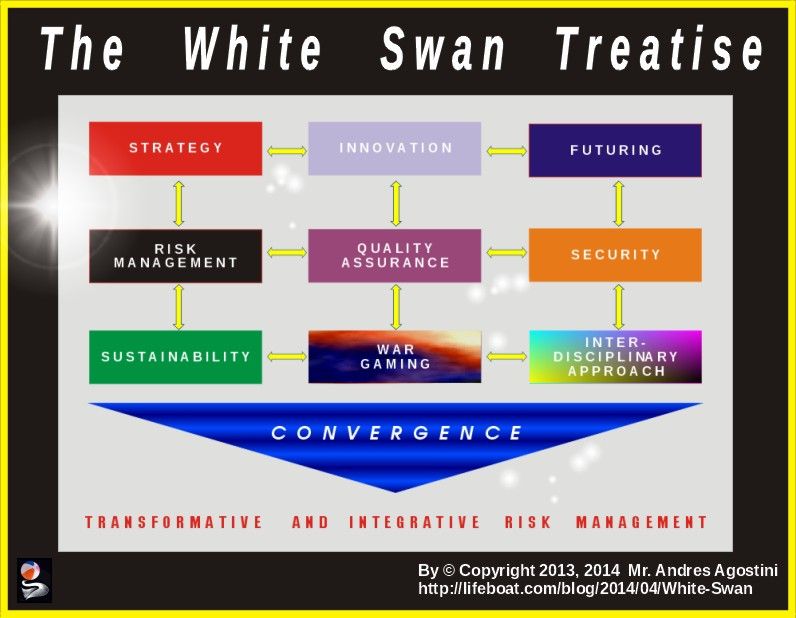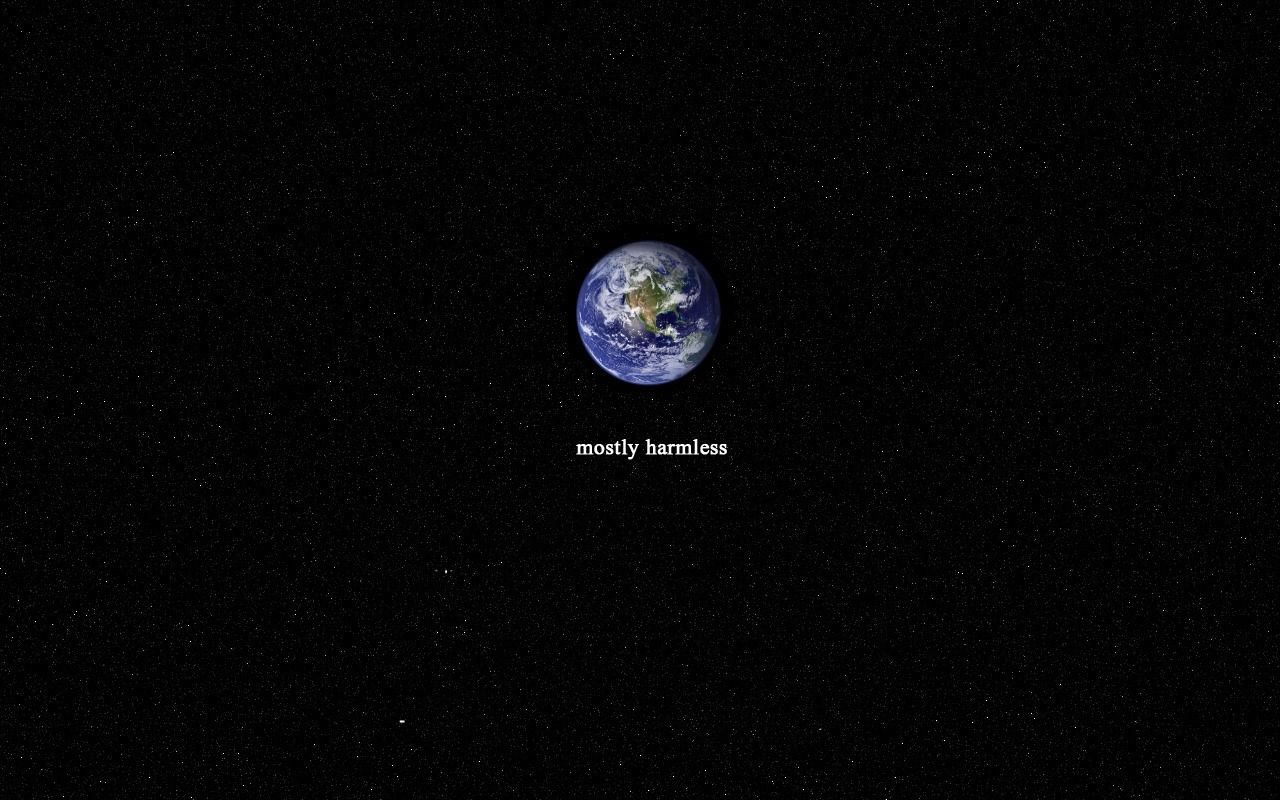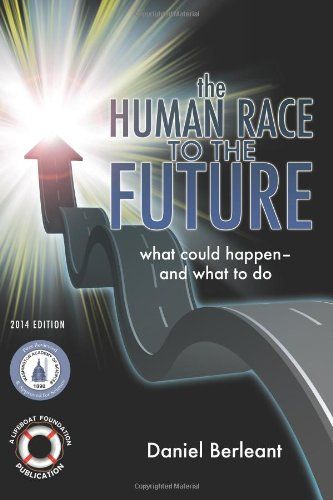White Swan’s Pandora Versus Cassandra Predictions! By Mr. Andres Agostini at https://lifeboat.com/blog/2014/04/white-swan
![WHITE]()
Cassandra: What is going to happen in the World as per the Euro-Asian superpower?
Pandora: First, we have Cold War II and a Preconditions of a Global War of Trade and Commerce in place. Second: Let us hope that switches to ascertain M.A.D. are never turned on.
Cassandra: What is going to happen in Southern Europe’s Public Health-care and Retirement Systems?
Pandora: Those safety nets will be somewhere between insolvency and meagerness and totally downed. And citizens either become inventors and find their own solutions or bestow upon them self-inflicted death sentences.
Cassandra: What is going to happen by 2013?
Pandora: Bots will have human-intelligence level of themselves. And they will be competing for jobs and professional contract services against un-enhanced humans.
Cassandra: What are Ministers of Defense and Intelligentsia Agencies are going to do?
Pandora: They will secure to increase budgets for scientists to bring about extreme bots to make the human soldier a thing of the past.
Cassandra: What is going to happen to major democracies soon?
Pandora: Well, most of them are Plutocracies already. But in pursuing a more strict control of the citizenry they will become Stratocracies, also ruled by Aristocracies and Technocracies.
Cassandra: What is going to happen to the Superrich 1%?
Pandora: The 1% is going to get infinitely more in the zillions. And the 99% is going to become more indignant and chaotic.
Cassandra: What is going to be brought about by techno-snoopying?
Pandora: Police states, all over the place.
Cassandra: Who are going to counter measure economic, political and military dominance in the Pacific Ocean?
Pandora: China and Russia.
Cassandra: Where can I get the whole predictions?
Pandora: Go and read the White Swan at https://lifeboat.com/blog/2014/04/white-swan
Mr. Andres Agostini
Chief Polymath Officer (CPO)
The Worldwide Ambassador at the Lifeboat Foundation at https://lifeboat.com/ex/bios.andres.agostini
POINT OF CONTACT AND QUERY: www.linkedin.com/in/andresagostini
PROFESSIONAL SERVICE: http://ThisSuccess.wordpress.com
AS A CONSULTANT, MANAGER, STRATEGIST AND RESEARCHER, ANDRES WORKS AND HAS WORKED WITH INSTITUTIONS — AND THE RESPECTIVE EXECUTIVES OF SAID ORGANIZATIONS — INCLUDING THOSE ONES SUCH AS:
► Toyota,
► Mitsubishi,
► World Bank,
► Shell,
► Statoil,
► Total,
► Exxon,
► Mobil,
► PDVSA, Citgo,
► GE,
► GMAC,
► TNT Express,
► AT&T
► GTE,
► Amoco,
► BP,
► Abbot Laboratories,
► World Health Organization,
► Ernst Young Consulting,
► SAIC (Science Applications International Corporation),
► Pak Mail,
► Wilpro Energy Services,
► Phillips Petroleum Company,
► Dupont,
► Conoco,
► ENI (Italy’s petroleum state-owned firm),
► Chevron,
► LDG Management (HCC Benefits).
► Liberty Mutual (via its own Seguros Caracas)
► MAPFRE (via its own Seguros La Seguridad)
► AES Corporation (via its own Electricidad de Caracas)
► Lafarge
► The University of Arkansas at Little Rock’s Most Honorable and Respected Professor Dr. Daniel Berleant, PhD.
Mr. Andres Agostini
Chief Polymath Officer (CPO)
The Worldwide Ambassador at the Lifeboat Foundation at https://lifeboat.com/ex/bios.andres.agostini
POINT OF CONTACT AND QUERY: www.linkedin.com/in/andresagostini
PROFESSIONAL SERVICE: http://ThisSuccess.wordpress.com
AS A CONSULTANT, MANAGER, STRATEGIST AND RESEARCHER, ANDRES WORKS AND HAS WORKED WITH INSTITUTIONS — AND THE RESPECTIVE EXECUTIVES OF SAID ORGANIZATIONS — INCLUDING THOSE ONES SUCH AS:
► Toyota,
► Mitsubishi,
► World Bank,
► Shell,
► Statoil,
► Total,
► Exxon,
► Mobil,
► PDVSA, Citgo,
► GE,
► GMAC,
► TNT Express,
► AT&T
► GTE,
► Amoco,
► BP,
► Abbot Laboratories,
► World Health Organization,
► Ernst Young Consulting,
► SAIC (Science Applications International Corporation),
► Pak Mail,
► Wilpro Energy Services,
► Phillips Petroleum Company,
► Dupont,
► Conoco,
► ENI (Italy’s petroleum state-owned firm),
► Chevron,
► LDG Management (HCC Benefits).
► Liberty Mutual (via its own Seguros Caracas)
► MAPFRE (via its own Seguros La Seguridad)
► AES Corporation (via its own Electricidad de Caracas)
► Lafarge
► The University of Arkansas at Little Rock’s Most Honorable and Respected Professor Dr. Daniel Berleant, PhD.
